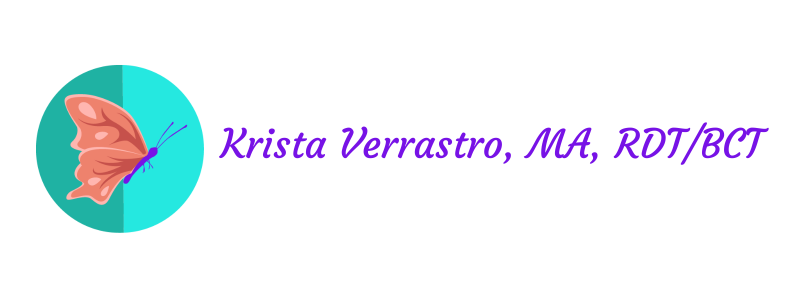
The purpose of my first post is to provide information about one of the key aspects that makes drama therapy an effective form of therapy, which is that of roles and role play.
The Many Roles We All Play
So what is so special about roles? While I appreciate all of the arts and think that all of them can be healing, I have noticed that not everyone participates in all of the modalities. For example, many people do not sing, play an instrument, draw, paint, dance, or write poetry. However, everyone plays various roles in their lives.
Most people play family roles (e.g. significant other, parent, sibling, etc.), job roles (e.g. doctor, lawyer, fireman, secretary, etc.), roles in different levels of power (e.g. boss, employee, teacher, student, etc.), and social roles (e.g. friend, lover, coworker, classmate, etc.) just to give you a few examples.
We don’t typically play these roles consciously, and we typically flow from one role to another pretty easily. For example, we don’t give much thought to our role shifts as we go from home with loved ones in the morning to being at work during the day to going out with friends at night.
Sometimes We Get Stuck In Roles
However, sometimes we get stuck in certain roles. For example, someone who has been a victim of abuse may get stuck in the victim role and may have a difficult time being assertive, or perhaps someone who is in a teacher or therapist role may constantly find herself helping others even outside of her job.
When we get stuck in one or a few roles, we are not able to easily adjust to different settings and are not able to be flexible in life. For example, someone stuck in a caregiver role may have a very difficult time accepting love and care from others so may not be able to experience healthy relationships in their personal or professional lives.
Health As Having a Large Role Repertoire
One theory in drama therapy is that health is viewed as having what is called a large role repertoire, where one is able to play a lot of roles comfortably. This includes being comfortable playing seemingly contradictory roles at times, such as being comfortable being in the adult role sometimes while being comfortable in the child role at other times (e.g. being an adult who allows your inner child to lead sometimes, or being an adult who allows your parents to take care of you at times).
Drama Therapy As a Safe Way of Exploring Roles
Through role play in drama therapy sessions, people are able to explore roles in a way that feels non-threatening. Role play in drama therapy feels non-threatening because the therapist provides a safe place that is free of judgment.
It also feels non-threatening because it often feels easier to explore issues through metaphors than through directly talking about them. For example, people sometimes feel more comfortable having a mask or puppet represent their sadness and creating a character to explore that sadness as opposed to sharing directly that they are sad or what is causing their sadness.
Role play also feels non-threatening because it is often more light-hearted, playful, and fun than talking about problems. I have often received feedback from clients that they learn important things about themselves while feeling like they are not doing “work” in sessions.
Thus, drama therapy provides a safe place for people to explore roles that they play, roles that they want to play less of, and practice new roles or strengthen already existing roles that they wish to play more of.
In this way, drama therapy is especially helpful in helping people strengthen their identities, improve relationships, and improve social skills.
I intend to provide you with more information about drama therapy theories and techniques in the next few entries.

Hi! I loved reading your blog about drama therapy. As a licensed Creative Arts Therapist, I am always looking for new and better ways to explain our various modalities. How would you feel if I use some of your examples on my website? I would of course give you credit I can use (c) copyright after any quotes I use. My practice focuses on art therapy, mindfulness, Sandplay and IFS with some SP and aedp sprinkled into the mix. Let me know how you feel about my request.
Best to you!
Hi there, Carla! Thanks for the comment. Sorry for the delay… I didn’t see the comment until I logged in to update my website! I am comfortable with you using examples on your website and giving me credit for it. I enjoy spreading awareness about what we do!